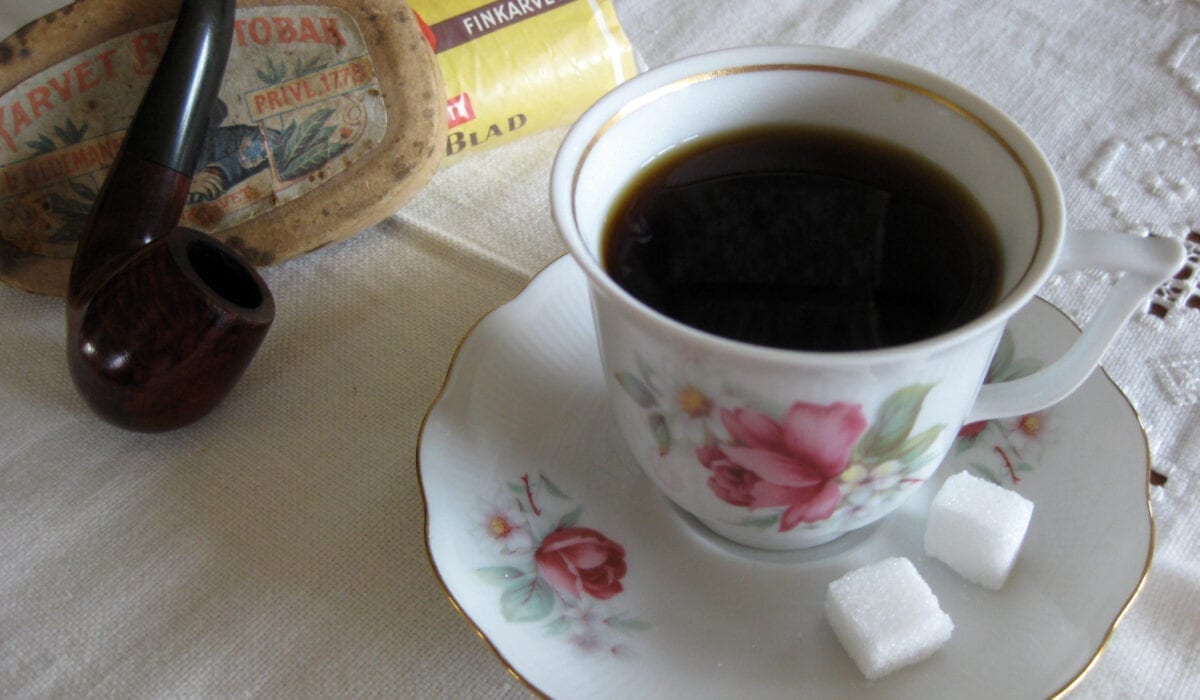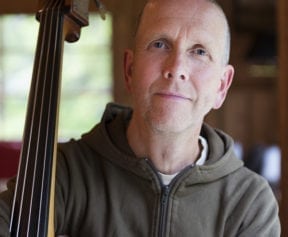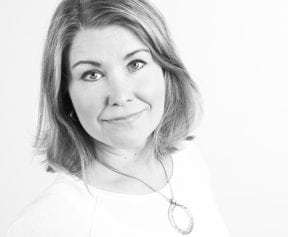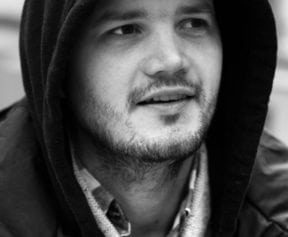See the text in the original language
Writer&storyteller: Ørjan Steinsvik
Photo: Inger Birkelund
My father used to say that the Sámi measured their journeys in the number of coffee breaks. “From Karasjok to the mountains around here, there are two coffee breaks.” Apparently, this was because when they stopped for coffee, they would look back and could see the last place where they had a coffee break and where they had come from. And by looking at where they’d come from, they could find their way back if the weather turned and the visibility became poor. I’ve never liked coffee, but I’ve studied it.
Most of my childhood memories are from the back seat of a Toyota Corolla on the way to coffee visits. My father is driving, my brother and I in the back seat with our sister between us. This happened every weekend. We’d get into the car and drive to Storvika to gather speed and then stop to drink coffee in Steinsvika, where there was an abundance of aunts and uncles. This is also where grandmother and grandfather lived, a natural place to stop for a swig of coffee. We came into the hallway, brushed the snow of our boots, took off our coats and sat down by the kitchen table. Dad often brought a cake and my grandmother made coffee in a kettle.
You make your own coffee. You open your home. You share what you have. If you visit someone often enough, you start to get familiar and find yourself at home. Eventually you know where the mugs are kept. Where the biscuits are hidden. I had a mate who used to drop by, put the coffee on and read the newspaper. I didn’t even have to be at home. He knew where the key was.
When I was three or four years old, I would get a lump of sugar dipped in coffee that I could suck on. My dad would pour some coffee into a saucer for me. I slurped and grimaced over the bitterness of the taste. When I got older, there was coffee with milk and sugar. The aim was always the same, to wean me onto ‘proper’ coffee: boiling hot and black.
Then my father died. 70 people wrapped in winter coats attended the funeral in the fresh winds of early February. Afterwards, we went to the church hall for a bite to eat. We took off our coats and ate stew with flat bread and lingonberries. We looked back at his life and what he had meant to us. Then they served 69 cups of black coffee and one cup of coffee with milk and a lot of sugar.
Faren min brukte å si at samene målte reisene sine i kaffepauser. «Fra Karasjok og oppom fjellet her var det to kaffestopp.» Det var visstnok fordi de, når de stoppet for kaffe, kunne snu seg rundt og se hvor de sist tok en kaffestopp og hvor de kom fra. Ved å se hvor de kom fra kunne de finne veien tilbake hvis været blei hardt og sikten dårlig. Eg har aldri likt kaffe, men eg har studert det.
De fleste av mine barndomsminner er fra at eg sitt i baksetet i en Toyota Corolla på vei på kaffebesøk. Faren min kjører, broren min bak med meg og søstera vår mellom oss. Det var en fast affære hver helg. Vi satte oss i bilen og kjørte ut til Storvika for å hente fart, og på tilbakeveien stoppa vi for å drikke kaffe i Steinsvika, for der låg tanter og onkler som perler på rad. Der bodde også bestemor og bestefar, et selvfølgelig stopp for en kaffesvipp. Vi kom inn i gangen, trampa av oss sneen, tok av oss klean og satte oss ved kjøkkenbordet. Pappa hadde gjerne med litt kake, og bestemor kokte kaffe på kjele.
Man laga sin egen kaffe. Man åpner sitt hjem. Man byr av seg sjøl. Man kommer inn i andre sitt hjem. Når man blir ordentlig kjent, så blir man husvant. Man vet etter hvert hvor koppene er. Hvor kjeksen er gjømt. Eg har en kompis som brukte å komme innom, sette på kaffen og bla opp i avisa. Eg trengte ikke være hjemme engang. Han visste hvor nøkkelen var.
Da eg var 3–4 år gammel, fikk eg en sukkerbit dyppet i kaffe som eg kunne sutte på. Pappa helte også litt kaffe i kaffefatet til meg. Eg slurpa og skar grimaser over hvor bittert det smakte. Når eg blei eldre, fulgte kaffe med melk og sukker. Målet var alltid det samme. En glovarm kaffe, svart.
Og så døde faren min. Vi sto 70 stykker i begravelsen, med vinterjakkene på i tidlig februar og stiv bris. Deretter gikk vi for å spise i et eget lokale som kirka har. Vi tok av oss vinterjakkene og spiste lapskaus med flatbrød og tyttebær. Og vi så tilbake på livet hans og hva han hadde betydd for oss. Deretter ble det servert 69 kopper med svart kaffe og én kopp kaffe med melk og masse sukkerbiter.
Country of origin: Norway





